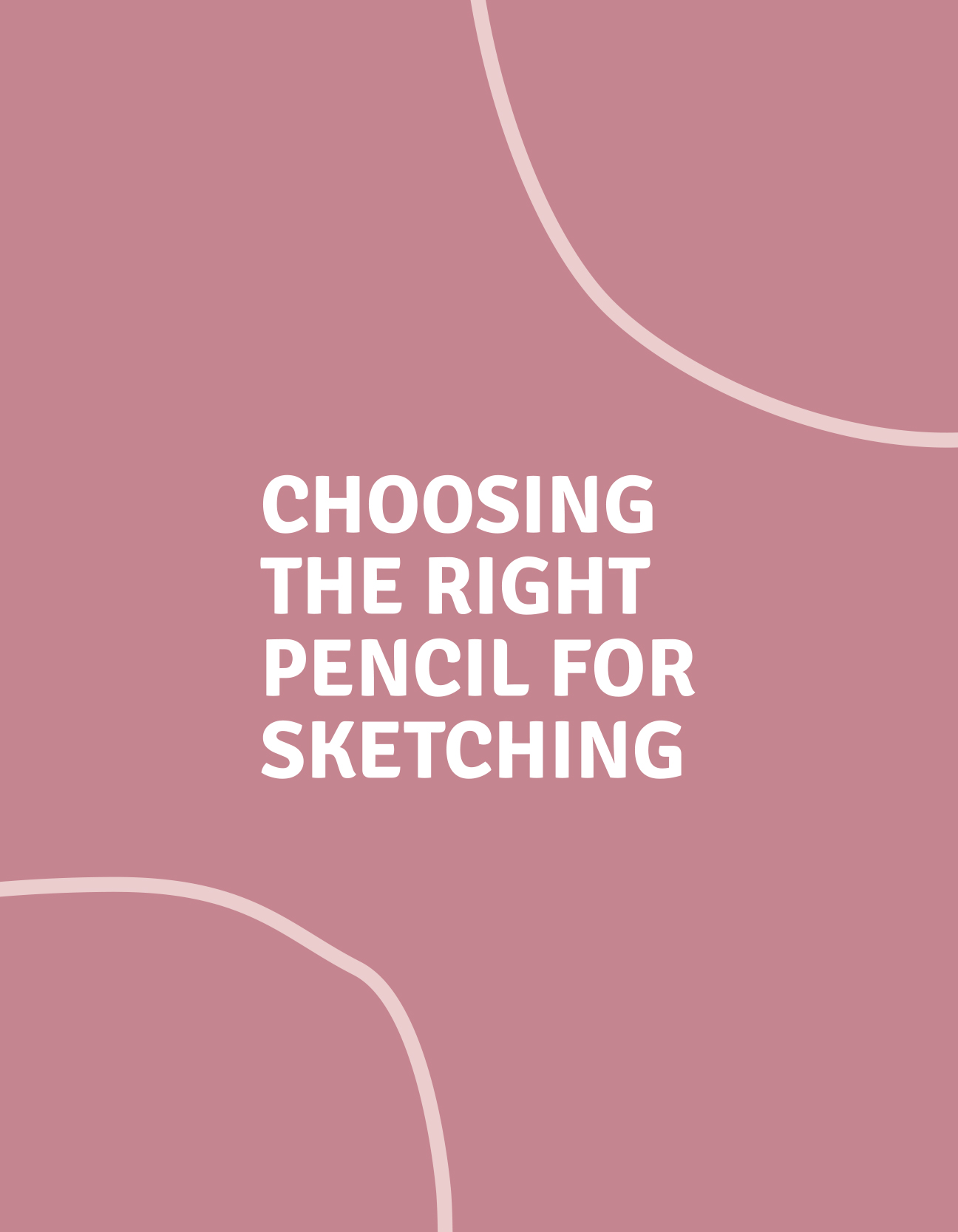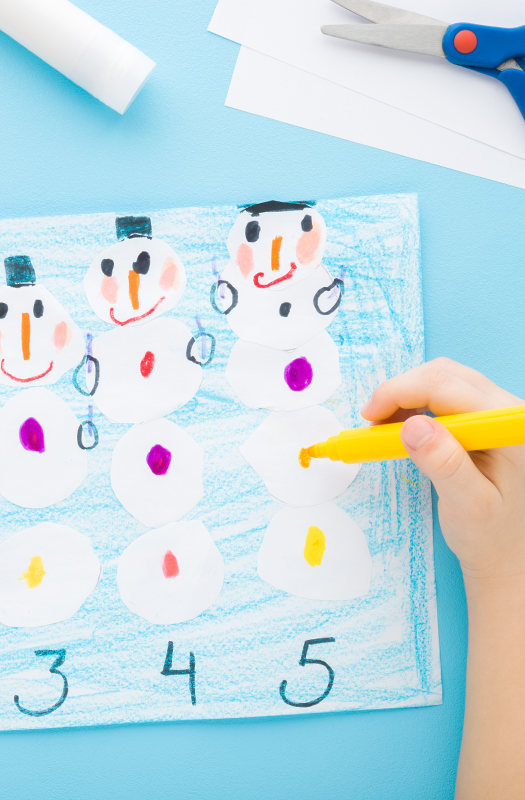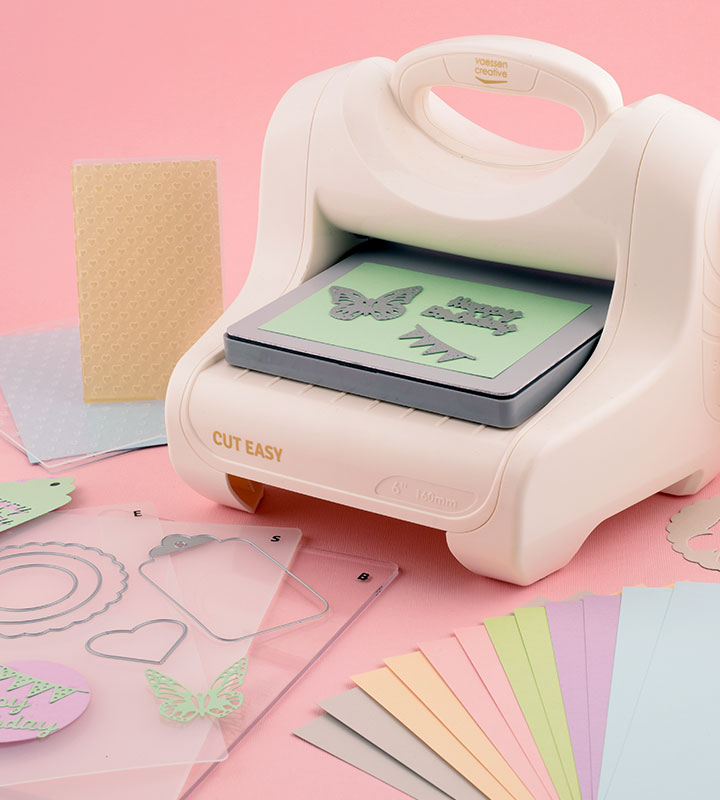Due to high demand, your package may be delayed


Choosing the right pencil for sketching
Welcome to our comprehensive blog on choosing the right pencil for sketching! Whoever you are and whatever you want to sketch for, selecting the correct pencil is essential to realise your vision. In this blog, we discuss what criteria a pencil must meet to be suitable for sketching, what factors to consider when making your choice, and the key characteristics of a pencil for sketching.
Criteria for evaluating a pencil
You can judge a pencil by several criteria to determine whether it fits your purpose. Below, we've explained some of these criteria further to help you make an informed choice.
- Hardness: Pencils come in various hardness grades, ranging from soft to hard. Soft pencils (like 2B or 4B) deposit more pigment on the paper, making them suitable for dark lines and shadows. Harder pencils (like 2H or 4H) produce lighter lines and are ideal for fine details and light sketches. Also, check out our blog on the different hardness grades of pencils.
- Point retention: A pencil with good point retention maintains its point for longer, allowing you to continue drawing accurately without constantly needing to sharpen it.
- Erasability: A good pencil should allow you to easily correct mistakes with an eraser without damaging the paper or leaving smudges.
- Texture of impression: The texture of the line left by the pencil on the paper should meet your artistic needs, whether you prefer a smooth, uniform line or a more grainy, expressive one.
By keeping these criteria in mind, you can choose a pencil that perfectly matches your style and preferences.
Considerations when choosing a pencil
When selecting a pencil for sketching, there are several important considerations to keep in mind:
- Personal preference: Every artist has their own preference when it comes to pencils. Experiment with different hardness grades and brands to discover what works best for your style and technique.
- Type of paper: The kind of paper you use can affect how the pencil responds. Softer paper absorbs more pigment, while harder paper provides more resistance and may be suitable for more detailed work. So keep this in mind when choosing your pencil.
- Budget: Pencils are available in various price ranges. Consider how much you're willing to spend and choose a quality pencil within your budget.
- Special features: Some pencils have special features, such as water-solubility or an ergonomic design. Consider whether these features are relevant to your needs.
Take all these factors into careful consideration so you can make an informed decision about the right pencil for your sketching projects.
Properties of the ideal sketching pencil
Here are some key properties of a pencil that is generally ideal for sketching:
- Soft core: Pencils with a soft core (such as 2B or 4B) are ideal for sketching because they produce rich, deep lines that can easily be smudged for shading effects.
- Good point retention: A pencil with good point retention allows you to sketch for extended periods without constantly needing to sharpen, keeping your workflow smooth.
- Balanced texture: The ideal sketching pencil produces a balanced texture on the paper, allowing you to create both fine details and broad strokes with ease and precision.
- Easy to erase: The pencil should be easy to erase with an eraser, allowing you to correct mistakes without damaging the paper. After all, sketches aren't always perfect on the first try.
You can rely on a dependable tool for all your sketching needs by choosing a pencil that meets these characteristics.
Tips for maintaining your sketching pencils
To ensure your sketching pencils perform at their best, it's important to maintain them properly. Here are some tips:
- Keep them sharp: Keep your pencils sharp with a quality sharpener to draw with precision without compromising the point.
- Proper storage: Store your pencils in a dry, cool place to prevent them from breaking or becoming soft due to heat.
- Use a high-quality eraser: Invest in a high-quality eraser to quickly correct mistakes without damaging the paper.
- Experiment: Try out different pencils and experiment with various techniques to improve your artistic skills and discover new effects.
By following these tips, you can get the most out of your sketching pencils and take your creativity to new heights.
Inspiring projects to sketch
Now that you know more about choosing the right pencil for sketching, you're surely ready to dive into a new creative project. Here are some inspiring ideas to get you started:
1. Nature sketches:
Head outdoors and sketch landscapes, trees, flowers, and animals to improve your observation and drawing skills.
2. Drawing Portraits:
Practice drawing portraits of friends, family members, or famous people to improve your skills in capturing likeness and expression.
3. Still life sketching:
Set up a still-life arrangement with everyday objects like fruit, flowers, and utensils, and sketch to study form, composition, and light effects.
4. Sketch buildings:
Explore the built environment and sketch interesting architectural details, buildings, and cityscapes to enhance your understanding of perspective and composition.
By practising regularly and taking on new projects, you'll find that your sketching skills improve rapidly, and you'll enjoy drawing more and more.
We hope we've helped you choose the perfect pencil for your next sketching adventure. Whether you're a hobbyist who enjoys sketching in your free time or a professional artist seeking the best tools, we're here to assist you at every step of your creative journey. Happy sketching!



